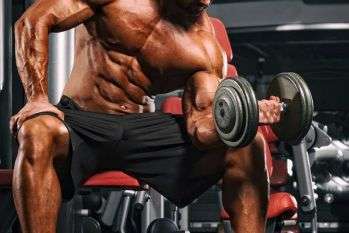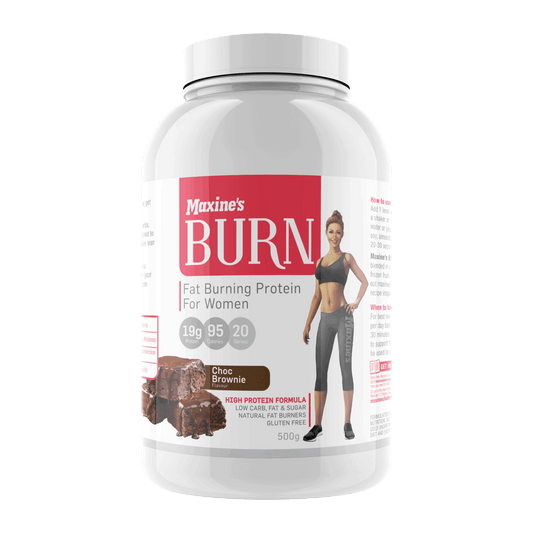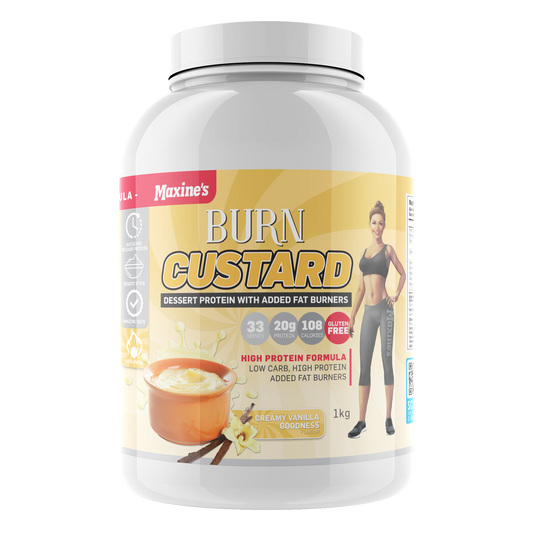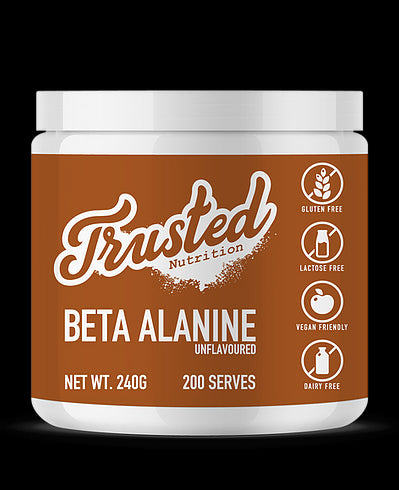
The Do's And Don'ts Of Fat-Grip Training
Fat-grip (aka fat-bar) training has become extremely popular in recent years. It is mentioned regularly by pro bodybuilders and strength coaches as a "secret" for building strength and muscle, and building up your upper body's weak links. The only problem, until recently, was that few gyms stock thick bars or have thick pull-up bars. But now, for about $40, you can buy portable rubber grips, toss them in your gym bag, and take your grip and arms to the next level.
Count me among the believers in fat-grip training. I've seen the simple addition of a larger grip do pretty amazing things for strength and muscle gains in athletes, and they're an indispensable accessory in my gym.
Like anything, fat-grip training can be done right or wrong. Here are the most important things to keep in mind, and my favorite moves to use with thick grips.
Why Fat-Grip Training?
When you increase the thickness of a weight-training implement, the demand placed on the hands and arms increases significantly. You're forced to exert more muscular force to grip the barbell or dumbbell, which means greater mechanical tension in the muscles all the way up the kinetic chain.
Don't believe me? Try this: Put your left hand on your right biceps, then make a fist with your right hand—as hard and fast as you can. What happened? Your biceps contracted nearly as hard as the muscles controlling your hand. This illustrates the major ways that fat grips will support strength and muscle gain by increasing mechanical tension in the arm muscles.
Fat-grip training can also increase your grip strength. Grip strength is often the key for unlocking hidden gains. Do you struggle with chin-ups, the single best back builder in existence? Grip strength is the most likely thing to help you. Do you drop your deadlift—the other best back builder—as you approach your max? A stronger grip allows you to lift more weight and really bear down on the bar, which builds more muscle and strength.
Don't just add grips to every heavy thing you do and expect it to work, though. Follow my five rules for getting the most out of fat-grip training, and you'll limit the risk and maximize the reward.








